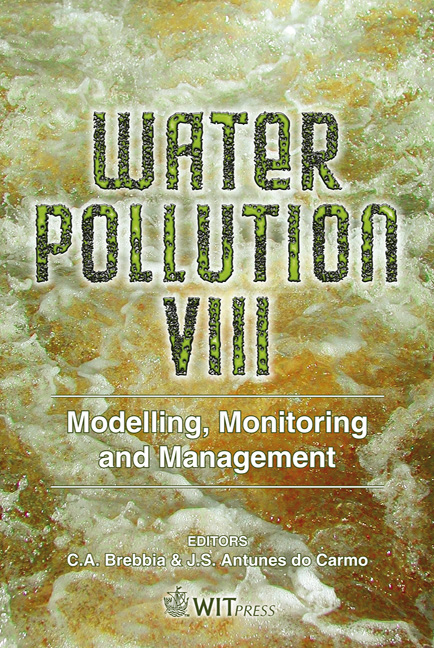Use Of PH, Contact Time, Chlorine Dose And Temperature On The Formation Of Trihalomethane And Some Predictive Models
Price
Free (open access)
Transaction
Volume
95
Pages
11
Published
2006
Size
659 kb
Paper DOI
10.2495/WP060411
Copyright
WIT Press
Author(s)
I. García & L. Moreno
Abstract
An empirical model for predicting trihalomethane (THMs) formation, using linear and nonlinear regression, was carried out using a database built when the influence of enhanced coagulation on the formation of THMs was studied. These experiments were done under different conditions of pH, temperature, chlorine dosages and contact time; and two types of coagulation (enhanced and conventional). This database was first used to compare the formation of trihalomethane obtained in these experiments with some existing predictive models. Because the values measured experimentally did not agree enough with the values from the predictive models for both coagulation types, new ones were developed using the results of enhanced coagulation experiments. In order to test the predictive capacity of the models, both linear and non-linear models, were used to predict the formation of THMs using the database obtained from the conventional coagulation experiments. The nonlinear model gave best results in comparison with the linear model. The results were statistically validated by analysis of variance and other statistics parameters. Keywords: anova, empirical model, natural organic matter, statistic, trihalomethane. 1 Introduction Empirical and chlorination decay models have been used to describe the Chlorination By-products (CBPs) behaviour. Amy [1] developed in 1987 THMs
Keywords
anova, empirical model, natural organic matter, statistic, trihalomethane.





